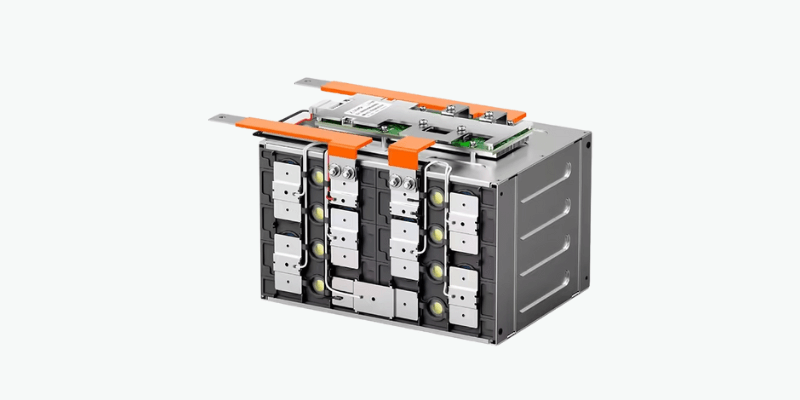Dopo aver completato oltre 6.000 Progetti personalizzati per il pacco batteria al litio, abbiamo scoperto che i clienti hanno spesso domande specifiche. In questo articolo, approfondiremo le domande e le risposte essenziali riguardanti il Progettare e produrre pacchi batteria agli ioni di litio.
Quali sono i fattori chiave da considerare quando si sceglie un pacco batteria agli ioni di litio personalizzato?
Quando si seleziona un pacco batteria agli ioni di litio personalizzato, è essenziale considerare diversi fattori chiave.
In primo luogo, densità di energia Ha un ruolo vitale, poiché i clienti spesso cercano batterie agli ioni di litio per applicazioni portatili, desiderando un'alta capacità energetica in un design compatto e leggero.
Inoltre, i tassi di scarico dovrebbero essere presi in considerazione. Esistono due tipi principali di cellule agli ioni di litio – cellule energetiche e cellule di alimentazione. Le cellule energetiche offrono un'elevata densità di energia ma una consegna di corrente inferiore, con conseguente tempo di esecuzione più lungo, mentre le celle di alimentazione forniscono un'uscita rapida ad alta corrente con una minore densità di energia.
La vita del ciclo è un altro aspetto critico da considerare. Le cellule fosfato agli ioni di litio, nonostante siano potenzialmente più pesanti, possono fornire oltre 3.000 cicli, superando i 500-600 cicli di altri tipi.
La sicurezza è fondamentale per tutte le batterie agli ioni di litio, con cellule fosfato di ioni di litio note per la loro potenziata robustezza in termini di caratteristiche di sicurezza.
Inoltre, la tolleranza alla temperatura è una considerazione importante. Sebbene le batterie al litio fossero precedentemente limitate in applicazioni ad alta temperatura, i progressi ora consentono il loro utilizzo in varie impostazioni con temperature elevate.
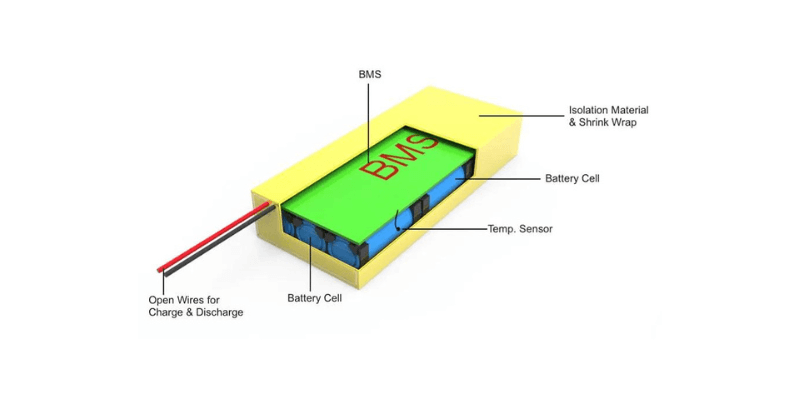
In che modo la gestione termica può essere integrata in un pacchetto di litio personalizzato?
Un involucro più grande spesso dissipa meglio il calore e talvolta aggiungiamo spargitori di calore nei pacchi per gestire il calore in eccesso.
L'approccio di Tesla al raffreddamento attivo stabilisce uno standard elevato nel settore, utilizzando la circolazione liquida attorno alle singole cellule per mantenere temperature uniformi ed eliminare i gradienti termici. Questo sistema avanzato garantisce che le celle interne corrispondano alla temperatura delle celle esterne, consentendo persino di preriscaldare nei giorni freddi per migliorare l'efficienza e la longevità.
Se i vincoli di budget limitano le opzioni di raffreddamento, sfruttare i sensori di temperatura può essere una soluzione economica. Questi sensori possono monitorare le variazioni di temperatura e regolare di conseguenza il funzionamento del dispositivo, come limitare il processore o regolare la velocità del motore per evitare il surriscaldamento.
Inoltre, l'implementazione di sistemi di allarme all'interno del pacco batteria può aiutare a avvisare gli utenti di potenziali problemi di temperatura e adottare efficacemente misure preventive.
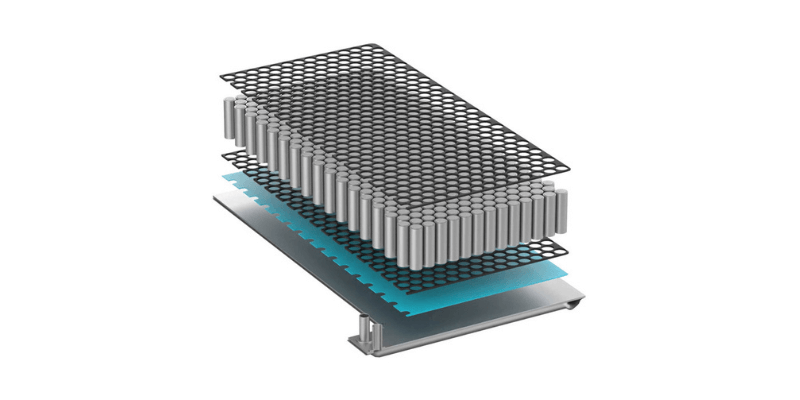
Quali funzionalità di sicurezza meno comuni dovrebbero essere incluse in una batteria di litio personalizzata?
Le caratteristiche di sicurezza di secondo livello e terzo livello spesso passano inosservate, ma un aspetto importante è bilanciamento cellulare.
Molte persone lo vedono come una caratteristica della durata del ciclo, simile al riempimento uniforme di un vassoio per cubetti di ghiaccio per garantire che tutte le cellule mantengano livelli uguali. Questo equilibrio estende la durata della vita del pacchetto e impedisce alle singole celle di abbassare troppo o di salire troppo in alto, il che può innescare i circuiti di sicurezza e ridurre la percezione del tempo di runtime.
Inoltre, se il malfunzionamento dei circuiti di sicurezza, le escursioni basse o alte continue possono portare a una crescita del dendrite o problemi con i materiali di separazione, causando potenzialmente i cortometraggi interni. Pertanto, il bilanciamento delle cellule è davvero una caratteristica di sicurezza.
Altre considerazioni includono le batterie incapsulanti con valvole a pressione efficaci. Può aiutare a mitigare il rischio di sovrapressione all'interno del pacco batteria, specialmente durante la rapida ricarica o in caso di malfunzionamento.
Infine, l'uso di materiali retardanti di fiamma classificati per le alte temperature garantisce che componenti Non accendere durante le situazioni di fallimento. Queste caratteristiche di sicurezza meno conosciute svolgono un ruolo cruciale nelle prestazioni della batteria e nell'affidabilità.
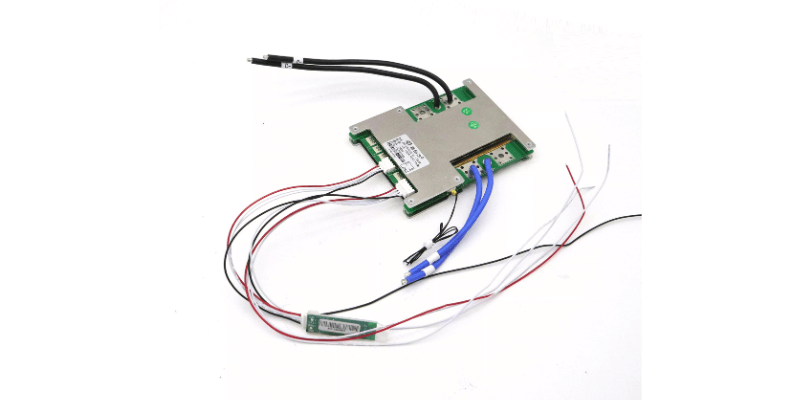
La maggior parte degli standard del prodotto finale richiedono batterie per soddisfare standard specifici?
Sì, la maggior parte degli standard del prodotto finale impone che le batterie soddisfino la sicurezza, le prestazioni e i criteri di qualità specifici per garantire la sicurezza dei consumatori e l'affidabilità del prodotto. Gli organismi regolamentari applicano questi standard per mitigare i rischi come i pericoli antincendio, fuga termicae impatto ambientale.
Gli standard chiave includono:
- E 38.3: Copre i requisiti di test per il trasporto sicuro delle batterie al litio.
- IEC 62133: specifica i requisiti di sicurezza per le batterie a ioni di litio nei dispositivi elettronici portatili.
- IEC 62619: si concentra sulla sicurezza delle cellule e batterie agli ioni di litio secondari nelle applicazioni industriali.
- UL1642 e UL 2054: standard di sicurezza per le batterie al litio in uso domestico e industriale.
- Marcatura CE: indica la conformità con gli standard di sicurezza dell'UE.
La conformità è necessaria per prevenire richiami, passività legali e danni alla reputazione del marchio; I produttori devono aderire a questi standard per fornire prodotti sicuri alimentati a batteria.
Hai consigli per trovare celle online per la produzione interna? È semplice come utilizzare Google per trovare opzioni che soddisfino le mie esigenze?
Mentre Google può essere un punto di partenza, ecco consigli per trovare fornitori di celle affidabili:
- Collaborare con Fornitori affidabili noti per celle a batteria di qualità e supporto affidabile.
- Confermare le specifiche chiare, tra cui tensione, capacità, densità di energia, ciclo di vita, dimensioni, peso e funzionalità di sicurezza per restringere la ricerca.
- Garantire la compatibilità con il sistema considerando l'adattamento meccanico, i collegamenti elettrici e i protocolli di ricarica/scarico per evitare problemi di integrazione durante la produzione.
- Scegli celle che soddisfano gli standard del settore riconosciuti come UL o IEC per sicurezza e prestazioni; Rivedere i tecnici dei prodotti o i report di test del fornitore.
- Consultare esperti, ingegneri o consulenti del settore esperti nell'approvvigionamento di celle a batteria per la produzione. Possono guidarti nella selezione delle celle giuste per le tue esigenze specifiche.
- Valuta la logistica di spedizione in merito a opzioni, tempi di consegna, costi e requisiti di consegna.
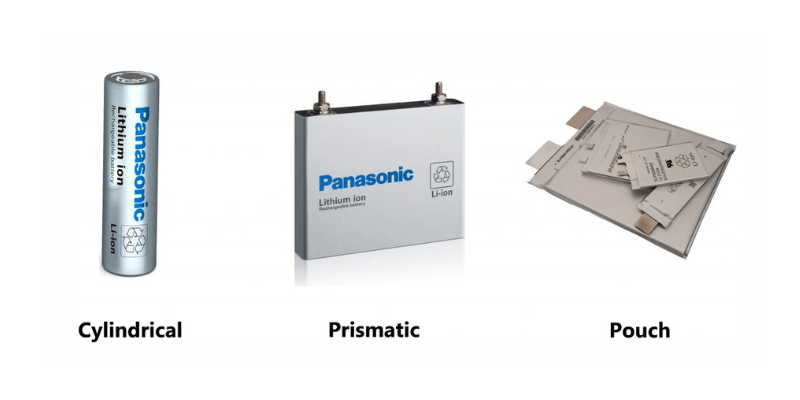
Come si determina il ciclo di vita di un prodotto?
In generale, determinare il ciclo di vita di una batteria prevede diversi metodi:
- Specifiche del produttore: controlla il ciclo di vita stimato dal produttore, che spesso si basa su test standardizzati. Tuttavia, questi valori riflettono tipicamente correnti basse in stato stazionario.
- Test di invecchiamento accelerato: condurre test in condizioni controllate caricando e scaricando ripetutamente la batteria monitorando le prestazioni e il calo di capacità. Questo metodo stima quanti cicli può sopportare la batteria prima di raggiungere una soglia di capacità specifica (ad esempio, l'80% della capacità originale).
- Dati ed esperienze passate: i dati storici su batterie simili possono fornire informazioni sul ciclo di vita previsto attraverso ricerche di settore e casi di studio, sebbene questo metodo offra stime approssimative.
- Chimica e progettazione della batteria: prodotti chimici diversi hanno caratteristiche di durata del ciclo diverse; comprenderli insieme a fattori di progettazione come elettrodo i materiali possono fornire stime approssimative delle prestazioni.
- Condizioni operative: fattori quali velocità di scarica, profondità di scarica (DOD), protocolli di ricarica e condizioni ambientali influenzano in modo significativo la durata del ciclo.
Sebbene questi metodi forniscano stime approssimative, i test effettivi adattati a condizioni specifiche rappresentano il modo più affidabile per determinare la durata del ciclo di vita di una batteria, in particolare per i prodotti per esterni soggetti a temperature estreme.

